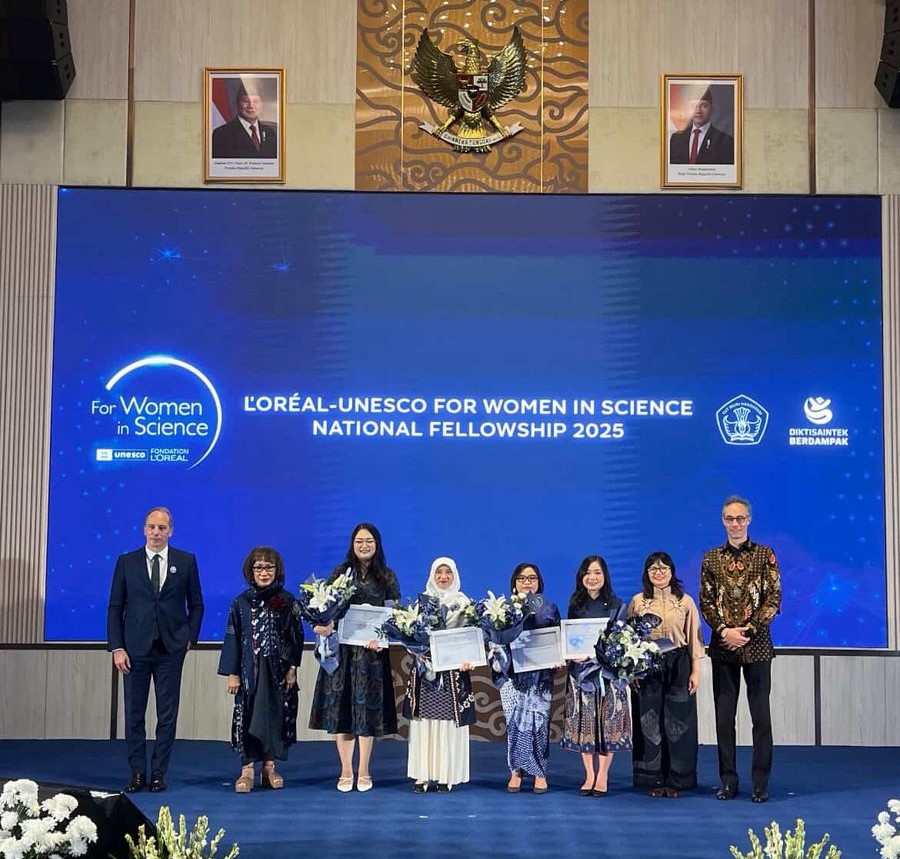
Exploration of Active Compounds from Alkaloid Fractions of Kratom Leaves (Mitragyna speciosa) as a Breast Anticancer Agent via Apoptosis Mechanism in Silico and In Vitro
Breast cancer is a significant health problem associated with non-communicable diseases, particularly globally. However, cancer treatments have limitations, such as poor selectivity, which reduces their effectiveness. Alkaloids found in kratom have cytotoxic properties. This study aims to examine the anticancer activity and mechanism of kratom leaf alkaloid isolates against T47D breast cancer cells. Separation and isolation of active compounds were carried out using a bioassay-guided isolation method. Activity was determined using the MTT method on T47D and Vero cells. Alkaloids were isolated using chromatography, and their structures were determined using NMR, FTIR, and UPLC-MS. Proteins used as molecular docking targets were the estrogen receptor and caspase-3. The mechanism of apoptosis, cell cycle inhibition, and caspase-3 expression were examined using a flow cytometer. The results of structure elucidation showed the results of compounds mitragynine, speciogynine, and adenosine. Mitragynine and speciogynine moderate cytotoxic activity, with IC50 values of 143.9 ± 3.5 μM and 119.3 ± 5.3 μM, respectively, while adenosine was non-cytotoxic, exhibiting an IC50 value of 977.5 ± 94.9 μM on T47D cells. The selectivity test of isolates mitragynine and adenosine showed good selectivity (IS>2). Mitragynine compounds can inhibit estrogen proteins and activate caspase-3 in silico. The anticancer mechanism of mitragynine, speciogynine, and adenosine compounds is apoptosis with cell cycle arrest induced in the G0/G1 phase, increasing apoptosis induction and caspase-3 expression in T47D breast cancer cells. Formulation, activity, and safety tests need to be carried out through in vivo tests and clinical trials in breast cancer.
Keywords: Alkaloids, apoptosis, breast cancer, kratom leaves, T47D.








